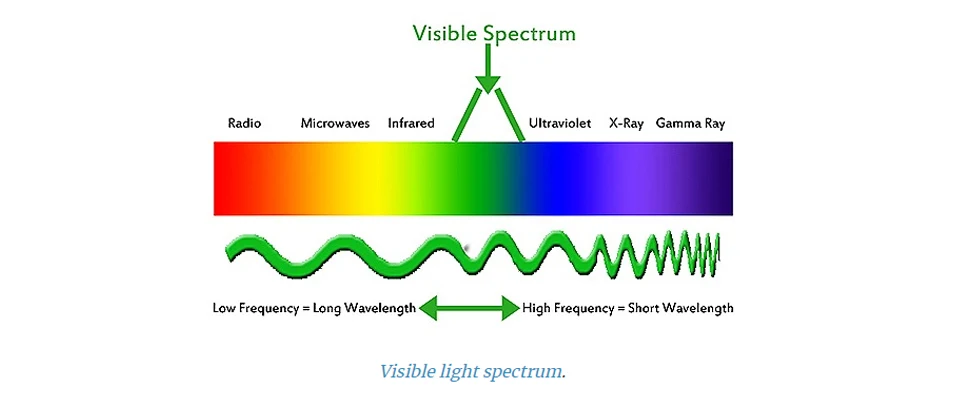
NICREW
NICREW is America's #1 Aquarium Led Lighting BRAND,We offer most sincere service to every customer,and do our best to provide high quality products.
Best LED lights for different types of fish tanks, complete guide & reviews

What is the best LED light for your fish tank will depend on the type of aquarium that you plan to have. It could be saltwater, freshwater, fish-only, reef, or planted. This leaves quite a large range of aquarium light types on the market that means you have more change to end up making a wrong choice. Of course nobody wants to buy a wrong thing that can't be used for any purposes. So I have compiled this complete guide to help you know how to choose the right LED lights for different types of aquariums.
You don't have to invest in a very expensive LED light if your stocking options are only fish and fish. Nicrew LED light is a cheap option that meets most of basic requirements for lighting a fish-only tank both fresh or saltwater. The light features a 3-position switch that offers three modes daylight, nightlight, and off. All the LED bulbs (both white and blue) are on for providing daylight while only the blue LEDs are on for the night mode.
There are various sizes available for different aquarium lengths. Moreover, the product comes with adjustable metal brackets that are extendable to perfectly fit your tank. It also comes with a user's manual for you to easily access and install the light. It is a great choice for starters' tanks with fish and several plants to care for.

To begin with a simplified model, most scientists currently agree light is a combination of particles and waves. Different colors have different wavelengths along the spectrum ranging from approximately 400 to 700 nanometers (a nanometer is 10-9 meters.) Blue light has the shortest wavelength on the visible spectrum and occupies the 400nm end. Red has longer wavelengths in the 700nm range.

This is important to understanding the nature of the light that reaches corals or plants. As light penetrates water, it is reflected, refracted, diffused and absorbed by the dense medium and any particulate matter in the water. The longer red wavelengths are the first to be affected and do not penetrate very deep through the water. Shorter blue wavelengths penetrate far deeper. That is why everything looks blue deep under sea. The water is clear, it's the light that is blue.




 浙公网安备 33010802002248号
浙公网安备 33010802002248号